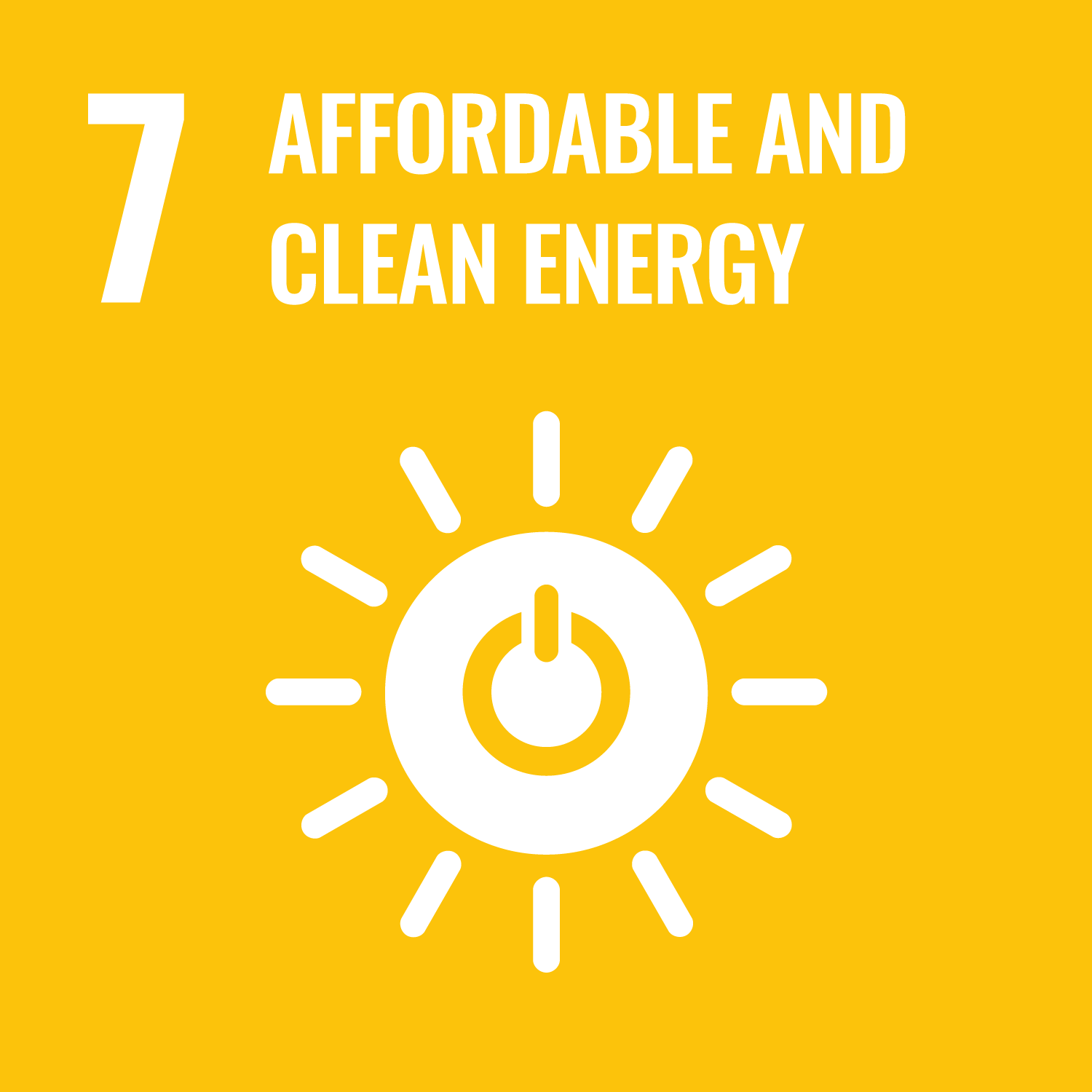Ennist, N.M. orcid.org/0000-0002-4823-9497, Wang, S. orcid.org/0000-0001-5033-7478, Kennedy, M.A. orcid.org/0000-0003-3422-9172 et al. (28 more authors) (2024) De novo design of proteins housing excitonically coupled chlorophyll special pairs. Nature Chemical Biology, 20 (7). pp. 906-915. ISSN: 1552-4450
Abstract
Natural photosystems couple light harvesting to charge separation using a ‘special pair’ of chlorophyll molecules that accepts excitation energy from the antenna and initiates an electron-transfer cascade. To investigate the photophysics of special pairs independently of the complexities of native photosynthetic proteins, and as a first step toward creating synthetic photosystems for new energy conversion technologies, we designed <jats:italic>C</jats:italic><jats:sub>2</jats:sub>-symmetric proteins that hold two chlorophyll molecules in closely juxtaposed arrangements. X-ray crystallography confirmed that one designed protein binds two chlorophylls in the same orientation as native special pairs, whereas a second designed protein positions them in a previously unseen geometry. Spectroscopy revealed that the chlorophylls are excitonically coupled, and fluorescence lifetime imaging demonstrated energy transfer. The cryo-electron microscopy structure of a designed 24-chlorophyll octahedral nanocage with a special pair on each edge closely matched the design model. The results suggest that the de novo design of artificial photosynthetic systems is within reach of current computational methods.
Metadata
| Item Type: | Article |
|---|---|
| Authors/Creators: |
|
| Copyright, Publisher and Additional Information: | © 2024 The Authors. This article is licensed under a Creative Commons Attribution 4.0 International License, which permits use, sharing, adaptation, distribution and reproduction in any medium or format, as long as you give appropriate credit to the original author(s) and the source, provide a link to the Creative Commons licence, and indicate if changes were made. The images or other third party material in this article are included in the article’s Creative Commons licence, unless indicated otherwise in a credit line to the material. If material is not included in the article’s Creative Commons licence and your intended use is not permitted by statutory regulation or exceeds the permitted use, you will need to obtain permission directly from the copyright holder. To view a copy of this licence, visit http://creativecommons.org/licenses/by/4.0/. |
| Keywords: | Fluorescence resonance energy transfer; Photosynthesis; Protein design; Synthetic biology |
| Dates: |
|
| Institution: | The University of Sheffield |
| Academic Units: | The University of Sheffield > Faculty of Science (Sheffield) > School of Biosciences (Sheffield) |
| Funding Information: | Funder Grant number EUROPEAN COMMISSION - HORIZON 2020 854126 BIOTECHNOLOGY AND BIOLOGICAL SCIENCES RESEARCH COUNCIL BB/V006630/1 |
| Depositing User: | Symplectic Sheffield |
| Date Deposited: | 03 Jul 2024 13:57 |
| Last Modified: | 18 Aug 2025 18:10 |
| Status: | Published |
| Publisher: | Springer Science and Business Media LLC |
| Refereed: | Yes |
| Identification Number: | 10.1038/s41589-024-01626-0 |
| Related URLs: | |
| Sustainable Development Goals: | |
| Open Archives Initiative ID (OAI ID): | oai:eprints.whiterose.ac.uk:214216 |


 CORE (COnnecting REpositories)
CORE (COnnecting REpositories) CORE (COnnecting REpositories)
CORE (COnnecting REpositories)